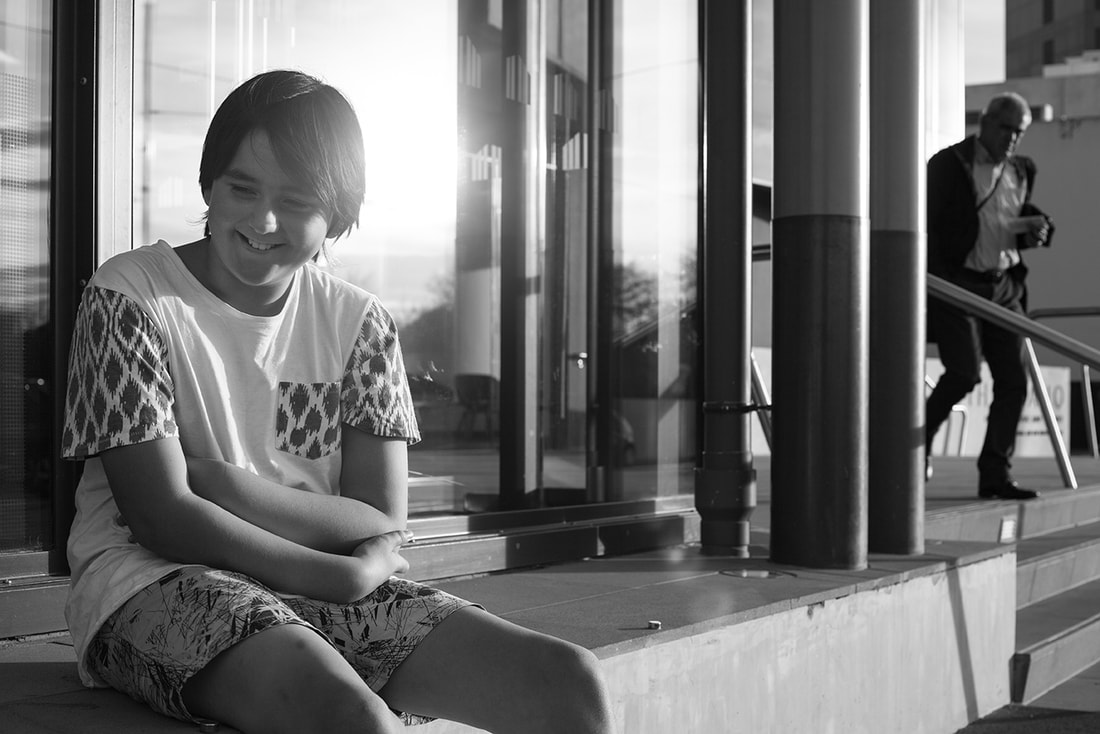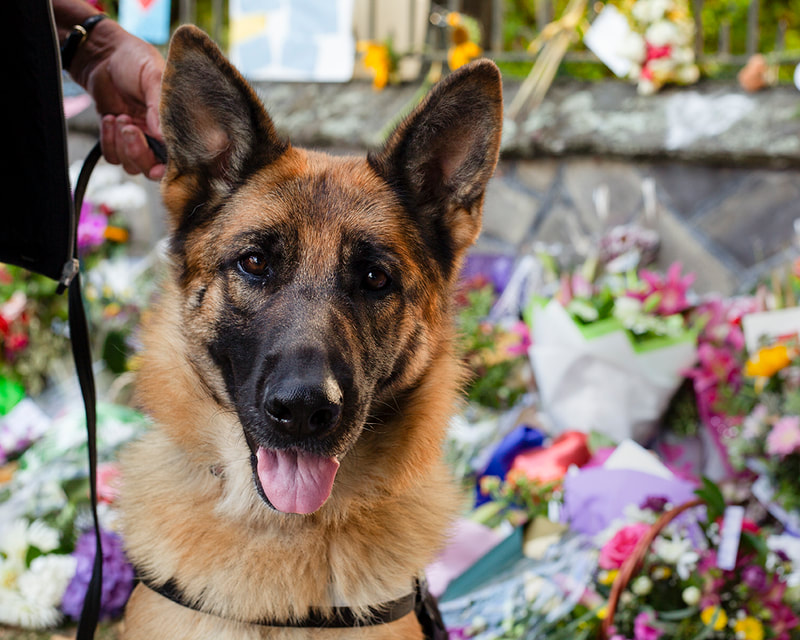|
Need fresh ideas for your photography study? Want to learn new photographic angles and perspectives? Read on to find out how neighbourhood photography can help you focus and tell your story. What’s the big deal about neighbourhood Photos?There are loads of cool things about candid street photography in your community:
1. Photographing architecture in the community‘Architecture’ doesn’t have to mean an arty new building or ancient temple in the centre of a city. There is beauty in the detail of all forms of architecture. Rural areas have old outbuildings, places of worship, or huts. Suburbia is full of repeated patterns and juxtaposition of old and new. Public buildings such as libraries or galleries are great to photograph because you may not have to ask for permission. Always ask before going onto private property and be mindful of your personal safety . 2. Finding colour in community photographyChoose a hue, and photograph as many items of that colour as possible during your neighbourhood photo walk. Green is easy if you live in the countryside so maybe try for a more challenging vivid orange! Perhaps purple is your vibe in the city. Photograph a detail of the purple bumper on the car next door, the violet bakery sign, lavender flowers in the library garden and the lilac coloured baby hat dropped on the footpath. This is a lovely mindfulness exercise if you need to take a break from everyone and everything. A theme of yellow and blue in Timaru, Oamaru, and Christchurch New Zealand. Copyright HJ Milne 2023. 3. Street portraitsYou need to be in a confident mood and have good communication skills for this one! Ask people in your community if you can take a photo of them during your walk. This works well for neighbourhoods where ‘everybody knows everybody’. Take a relaxed portrait of them in-situ. Perhaps the ice-cream scooper at the gelato shop, your neighbour changing their bike tyre, or the woman down the road mowing her lawn. Always ask permission first, and let them know why you’re taking the photo. Offer to email them the finished photo and don’t take it personally if they say no! 4. Photographing animals you meetIt sounds easy (and fun) but photographing animals in the community can be a solid challenge. Apart from the obvious cat and dog options, look up to trees and power lines for birds. Those in farm environments definitely have an advantage! The country you live in plays a role in the critters you can photograph. The only indigenous mammal we have in New Zealand is the pekapeka/bat (which I’m yet to photograph). So I tend to focus on wild birds interacting with each other and cool pets hanging out on the streets. I'm jealous of those living in countries where they might come across a squirrel, badger or wombat! Use a fast shutter speed, and always ask for permission if the animal is with it’s human. 5. low angle perspectivesWe get into the habit of photographing from the same height – especially when working fast with street photography. Slow it down and create a series of neighbourhood photos taken from ground level. Find a few comfy places to sit on the ground. An old cushion will help. Capture feet and legs walking by, bicycle wheels, litter, gutters, and pipes. Balance the camera on a stable brick or piece of wood and experiment with different shutter speeds to create a sense of movement. I often get odd looks from people when I do low angle street photography, but that doesn't bother me. Just be wary of people walking into you or doggos coming to say hi. 6. Something beginning with . . .Take your friends or family out and see if you can all photograph something beginning with each letter of the alphabet in your neighbourhood. Mix up the angles and perspectives. Don’t be afraid to try close-ups and push the boundaries of your camera (or phone camera). Set up some rules to make it more challenging (avoid grass and concrete for ‘g’ and ‘c’!) What do the finished photos tell you about the photographer? Who is good at finding details? Who has the best nature alphabet photos? Combine the best alphabet street photographs for a shared collection. This is a fun way to get creative guidance from friends and family. Being creative doesn’t mean you have to spend money or travel far away. Make the creative brain sparks ping by seeking out inspiration in your own community. This is also a lovely way to understand more about the history and people in your area while gently learning about camera settings and techniques.
0 Comments
Leave a Reply. |
Hi.This blog shares tips and tricks for you to get involved with photography, and keeps you up to date with my exhibitions and shenanigans. Archives
February 2024
Categories
All
|
Services |
|











 RSS Feed
RSS Feed